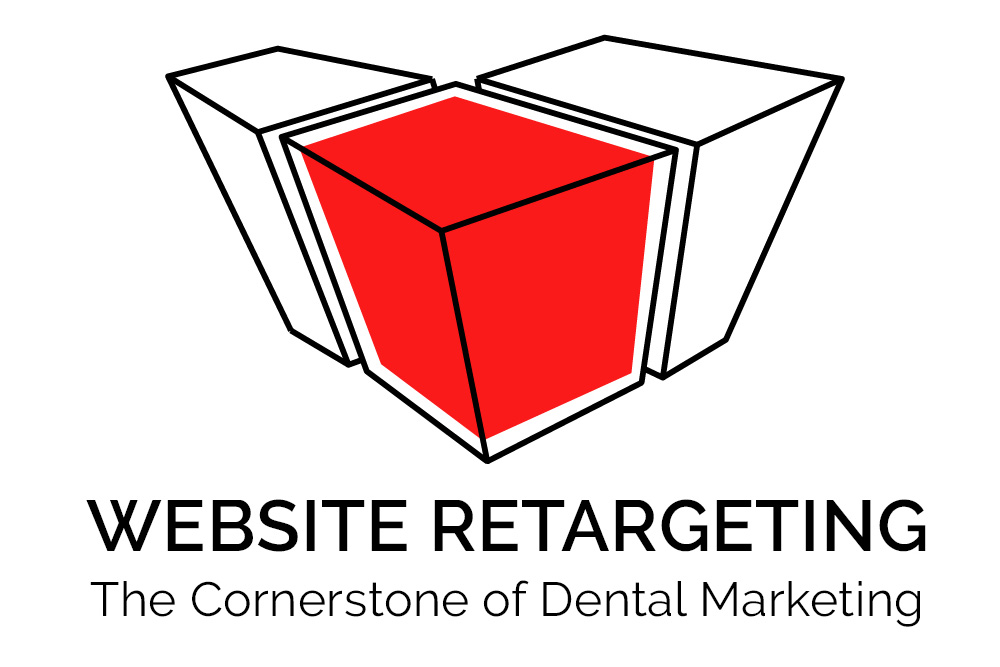Website Retargeting: The Cornerstone of Dental Marketing
Considering the unlimited access to information found on the internet now, it’s not surprising that 98% of visitors to a business’s website will leave the first time without making a purchase or setting up an appointment. Almost half of consumers visit a site two to four times before making a decision. So, wouldn’t it be nice to invite those prospective patients back to consider their dental options?
That’s where website retargeting comes in. Rather than throwing a broad marketing net, this digital strategy appeals to the patients already interested in your practice, saving you time and money.
How Does Website Retargeting Work?
Most people do their homework when looking for a new dentist so if your practice comes up on their radar – through postcards, social media, or other digital means – they will visit your website. (This is why diversifying your marketing tools is so important.) Retargeting code will then “tag” their browser, also known as pixels or cookies, and follow them through their internet research.
Your targeted digital display ads will immediately begin to pop up as prospective patients navigate the net on their computer or mobile device, thus increasing their awareness of your practice. By keeping your business top-of-mind for 30 days, they’re more likely to click the ad which redirects them to the website – continuing the cycle and improving the chances of conversion!
While it used to be “creepy” having ads track a consumer through their internet perusals, it’s now very commonplace and accepted as the status quo. In fact, 89% of users reported either positive or neutral reactions to seeing targeted ads.
The Benefits of Retargeting for Dental Marketing
Retargeting ads are a dynamic, visual tool that will recapture your prospective patient’s attention. The best part is, that it’s only a penny per ad, so it’s cost-effective and efficient.
The technology also allows for more specific customer tracking. For instance, if they checked out your sedation dentistry page, but didn’t inquire or make an appointment, the customized retargeting ads could promote the benefits of sedation for the fearful patient.
Website retargeting should be the cornerstone of any successful dental marketing strategy.
Making Website Retargeting Work for You
When using any form of digital marketing, whether it’s retargeting, geofencing, or email IP display ads, it’s important to follow some guidelines for ads that work.
Plan ahead to determine target patients, locations, and advertising budget. Are there new products or services you want to hype? Create around those.
Design ads that are eye-catching, professional, and consistent with your brand. Content should be brief, including a “hook” and appropriate keywords, like emergency dentistry or free x-rays for new patients. You can avoid ad fatigue by changing up ad designs every six months or so. Google display ads also come in different sizes and formats for variety.
Retargeting your visitors with a digital nudge makes them 70% more likely to convert. Improve your chances with potential patients by having a website that’s compelling and SEO-friendly. And as previously mentioned, be sure to combine website retargeting with a mix of marketing strategies for successful reach and appeal.
RAMP – The Dentist’s Marketing Company offers a full spectrum of cutting-edge marketing tools in addition to website retargeting. Our experts and experienced digital designers can create ad campaigns that are right for you, your practice, and your region. Contact us today for a free consultation.
